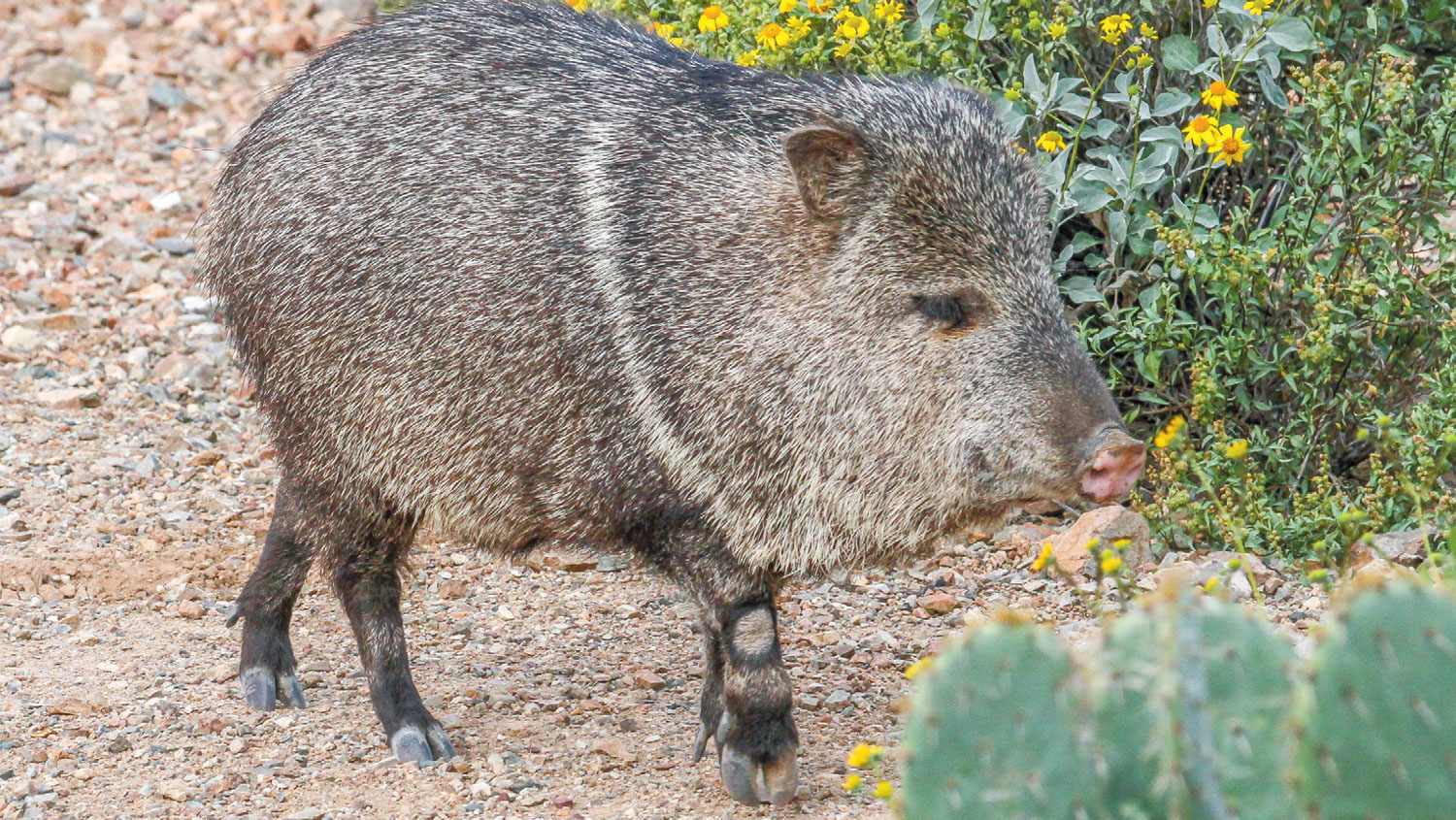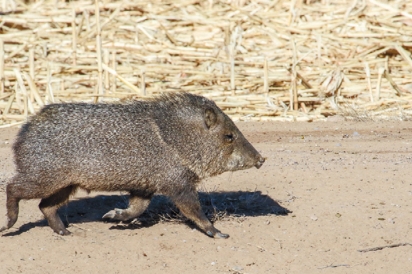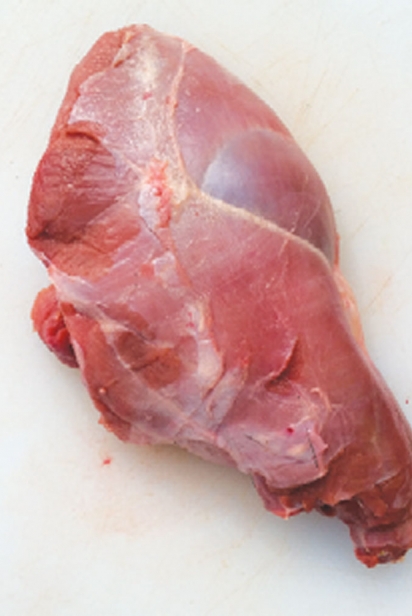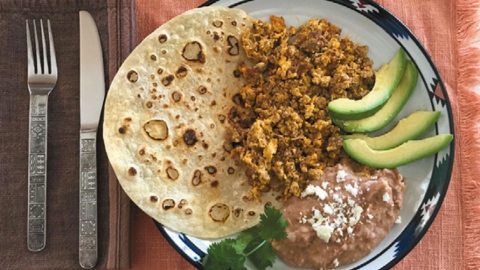Who are You Calling a Pig: Stalking the Wild Javelina
Sometimes you hear or smell them before you see them—their pungent scent and their snuffling and snorting as they dig up the marigolds are a dead giveaway they’re close by, especially on a warm summer evening. They travel in small herds, and with their flat bodies, stubby legs and triangular heads holding prominent snouts and wide-set beady eyes, they look like Mother Nature’s mistake.
Collared peccaries, better known in these parts as javelinas, are sometimes referred to as wild pigs, but they’re not related. Instead, they share a familial line with wild boars. They’re mainly herbivores and they love to eat landscaping, especially cactus like prickly pear. They’re not particularly timid, and it’s not unusual to see them hanging around neighborhoods, especially when there’s a wash nearby.
Javelinas have a ferocious reputation, but that’s partly a result of their poor eyesight: When startled, they have a tendency to run toward the threat rather than away from it because they can’t see it very well. If one should charge at you or your pet, just move out of the way. But you still don’t want to corner them, as they will defend their territory and they have vicious teeth and tusks.
They have another attribute that endears them to people like Perry Hunsaker, a hunting guide and owner of Timberline Outfitters in the East Valley. “They’re God’s gift to archery hunters,” he says. While javelina has a reputation as a pungently gamey meat, in the hands of the right hunter and cook that’s not the case. For those who like to hunt, javelina provides a challenge as well as a delicious dinner.
In Arizona, javelina is considered a big game animal, and hunters need the proper tags (permits) in the proper season to hunt them. Some tags might be available over the counter, but most are awarded in a lottery system. The Arizona Game and Fish Department has complete information on their website (azgfd.com). Hunting in neighborhoods is never permitted, so even though you might be tempted, you can’t turn those critters in your front yard into dinner.
Once you have a tag, it’s time to head to one of the state’s approved hunting areas and scout. Herds are territorial and usually stay within about a square-mile area, but they may move from year to year, so just because you had success one season, you might not find them in the same place the next. Hunsaker says a good pair of binoculars is one of the most important tools for scouting and he suggests glassing—getting up higher than the surrounding territory and sweeping the binoculars back and forth in a systematic way—until you spot the herd.
Javelinas may not be able to see well, but they possess a hyper sense of smell, so it’s important to stay downwind from the herd. Hunsaker watches the desert thermals and carries puffer bottles to check the wind direction.
He prefers hunting javelina with a bow for several reasons, not the least of which is that it’s a quicker, less painful kill than with a bullet. “A bullet is a big shock to the animal, but the arrow goes so fast that they bleed out before they know they’re hit.” Whether hunting with a rifle or bow, Hunsaker encourages hunters to keep the animal in mind. “When you harvest an animal, be responsible,” he says.
After the animal is down, it’s important to work quickly, but carefully, to clean and preserve the meat. Attach the tag, clean the carcass and skin it, first removing the scent gland attached underneath the skin on the back of the animal. Rupturing the gland will taint the meat, which is one reason javelina meat has a less-than-tasty reputation. The carcass should also be cooled down quickly to lessen the gamey flavor.
Hunsaker takes his carcasses to Miller’s Southwestern Processing in Queen Creek for butchering, and sometimes he has them turned into snack sticks. One of his favorite ways to cook javelina is to season it as you would any other meat and throw it on the grill. It’s lean, so it will cook quickly and makes a flavorful steak. It’s also good in stew and makes a tasty chorizo.
While not everyone appreciates hunting, it’s a part of the heritage of the desert Southwest, and for those who enjoy it javelina is a worthy prey. “Be prepared, enjoy it and remember that it takes patience, patience, patience. And watch the wind,” Hunsaker says.








